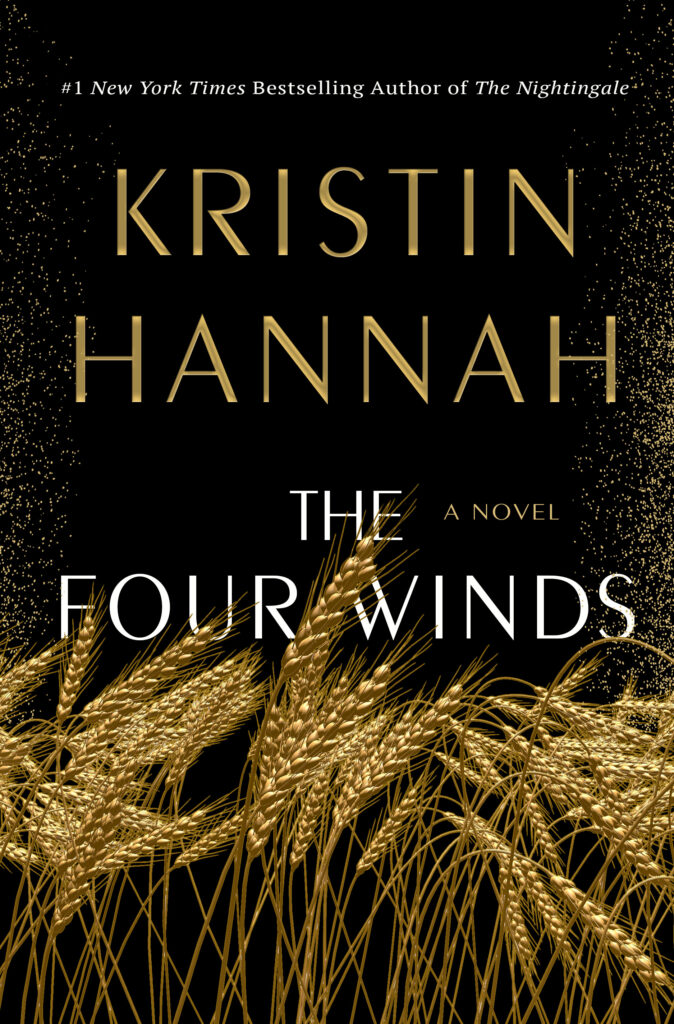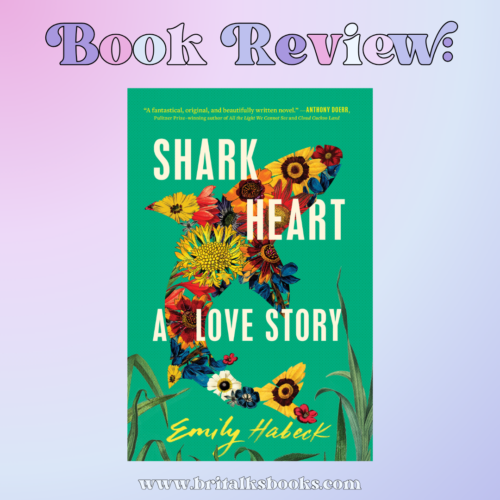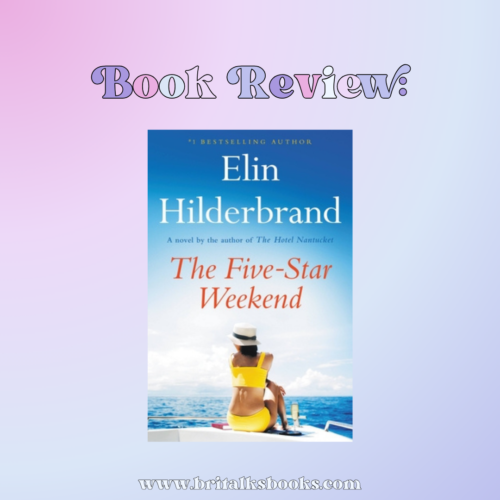
Rating: 5/5 stars
Format: Traditional narrative with detailed, immersive historical context.
Premise: Follows Elsa, a mother of two, during the Great Depression and Dust Bowl era as she journeys from Texas to California in search of survival, only to face new struggles as a migrant laborer.
Style: Emotionally charged, descriptive, and character-driven with vivid historical detail.
Themes: Resilience, the strength of women, mother-daughter relationships, survival during hardship, the impact of economic and environmental crises.
Recommendation: A must-read for fans of historical fiction, especially those who enjoy stories of strong women facing adversity. Ideal for readers who loved The Nightingale or The Great Alone.
Kristin Hannah has done it again. The Four Winds is a stunning and heartbreaking novel that delivers everything readers have come to expect from her work—rich, emotional storytelling, unforgettable characters, and historical settings that immerse you in the time period. This is another five-star read, a poignant journey that shattered my heart multiple times as I followed the life of Elsa, a mother forced to make impossible decisions during one of the harshest eras in American history.
A Story of Resilience
At its core, The Four Winds is a story about resilience, specifically the resilience of women. Set against the backdrop of the Great Depression and the Dust Bowl of the 1930s, the novel follows Elsa Wolcott, a woman whose journey epitomizes strength, sacrifice, and survival. Living on the plains of Texas near the Oklahoma border, Elsa faces relentless dust storms, severe poverty, and societal disdain for her family’s choices. Despite these overwhelming obstacles, she remains steadfast in her love for her children, pushing forward when others would have given up.
Hannah has an extraordinary ability to create strong female characters, and Elsa is no exception. From the start, she is presented as someone who has always felt like an outsider, someone who has been overlooked and undervalued by her family and society. Yet, as the novel progresses, we see Elsa’s transformation into a woman of incredible courage and determination. She is a mother who will do anything to protect her children and give them a chance at a better life, even if it means uprooting everything she knows and leaving Texas behind.
Life in Texas and the Dust Bowl
The novel vividly portrays the brutal realities of life in Texas during the Dust Bowl. Hannah spares no detail in describing the suffocating dust storms, the droughts that killed crops and livestock, and the unrelenting despair that swept through farming communities. It’s a setting that feels almost apocalyptic in its harshness, and yet, for Elsa and her family, it is home.
When life in Texas becomes unbearable, with no crops to harvest and no rain in sight, Elsa is forced to make a heart-wrenching decision: to leave everything she knows behind and head west to California, the so-called land of opportunity. This decision marks the turning point in the novel, setting Elsa on a journey that is as much about survival as it is about self-discovery.
The Harsh Reality of California
Upon reaching California, Elsa quickly learns that the reality of the “land of milk and honey” is far different from the hopeful rumors spread across the country. Like many “Okies” who fled the Dust Bowl, Elsa and her children are met with disdain and hostility. Instead of finding prosperity, they are forced into migrant labor camps, where they live in squalid conditions and work for meager wages, picking cotton under the brutal sun.
Hannah’s portrayal of the migrant experience is raw and unflinching. The prejudice faced by these displaced families, the exploitation by wealthy landowners, and the abject poverty they endure are all laid bare in this novel. It’s a stark reminder of the injustices that so many faced during the Great Depression, and it gives voice to the often-forgotten stories of those who struggled through one of the darkest chapters in American history.
Despite the crushing weight of their circumstances, Elsa’s determination never falters. She becomes a leader within the migrant community, fighting for fair wages and better treatment. Her courage in the face of such adversity is nothing short of inspiring, and it’s a testament to the strength of the human spirit, especially the resilience of women.
The Mother-Daughter Bond
While The Four Winds is, in many ways, a novel about survival, it’s also a deeply emotional exploration of the bond between mothers and daughters. The relationship between Elsa and her daughter, Loreda, is the heart of the novel. Loreda, who begins the story as a rebellious teenager resentful of her mother, comes to see Elsa in a new light as they endure the hardships of California together.
Hannah captures the complexity of this relationship with remarkable nuance. The push-and-pull between mother and daughter, the misunderstandings, the moments of tenderness, and the eventual realization of just how much they mean to each other—all of these dynamics are handled beautifully. Their relationship evolves throughout the novel, growing stronger even as they face unimaginable adversity.
This bond is a powerful testament to the enduring strength of family, particularly the bond between mothers and daughters. It’s a reminder that love, even in the darkest of times, can provide the strength needed to keep going.
Masterful Storytelling
Kristin Hannah’s storytelling is nothing short of masterful. She has an incredible ability to bring history to life, making you feel as though you’re living through the events right alongside the characters. The dust storms feel suffocating, the poverty is palpable, and the emotional weight of the story is at times overwhelming. Yet, through it all, Hannah keeps you turning the pages, desperate to see how Elsa’s journey will unfold.
As is characteristic of Hannah’s novels, The Four Winds does not shy away from tragedy. There are moments in this book that will break your heart, and the ending is both devastating and true to the story. It serves as a reminder of the harsh realities faced by so many during the Great Depression and the incredible strength required to endure such times.
The research that went into writing The Four Winds is evident in every detail. Hannah captures the economic desperation, the social upheaval, and the environmental catastrophe of the Dust Bowl with remarkable accuracy. The novel not only tells the story of one woman’s journey but also provides a larger commentary on the human capacity for resilience in the face of overwhelming odds.
Final Thoughts: A Masterpiece of Historical Fiction
The Four Winds is another Kristin Hannah masterpiece, a poignant and unforgettable novel that celebrates the strength and resilience of women. It is a story of survival, of the unbreakable bonds of family, and of the enduring hope that keeps us going, even in the darkest of times. While it is heartbreaking and tragic, it is also a story of triumph—of the human spirit’s ability to endure and rise above adversity.
If you are a fan of historical fiction, or if you have loved Kristin Hannah’s previous works like The Nightingale or The Great Alone, you will find much to admire in The Four Winds. This novel is a must-read for anyone who enjoys emotionally powerful stories that explore the depths of human courage and resilience. Be prepared to have your heart shattered, but know that by the end, you will walk away feeling inspired by the incredible strength of its characters.
This is another five-star read that will stay with you long after the last page is turned.



Leave a Reply